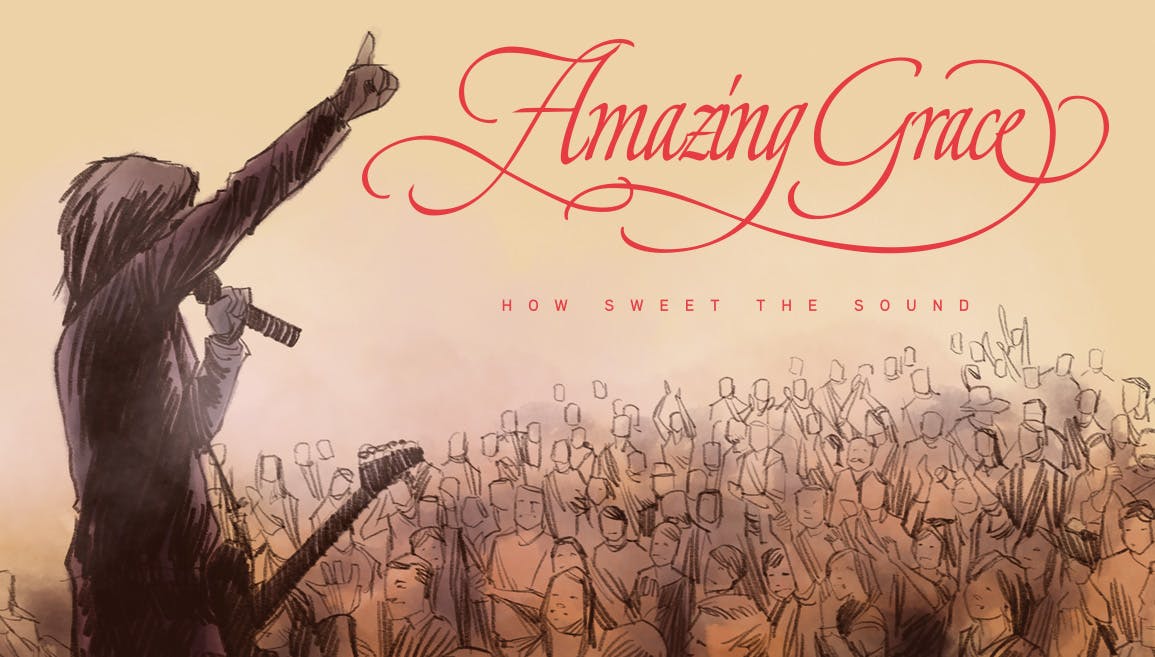Bethlehem Reborn: The Wonders of the Church of the Nativity

Museum of the Bible is proud this Christmas to present the traveling exhibition, Bethlehem Reborn: The Wonders of the Church of the Nativity. The exhibition grew out of a presentation at the Vatican Museums in December 2019 and has since traveled to churches and museums throughout Italy, to the St. Gertrud Church in Köln, the UNESCO Headquarters in Paris, the United Nations Headquarters in Vienna, and the World Council of Churches Headquarters in Geneva. The exhibition tells the remarkable history of one of the oldest active Christian churches in the world, founded in the fourth century by the Roman emperor Constantine the Great (r. AD 306–337) to mark the traditional location of the birth of Jesus in a grotto used as a guest room by Joseph’s relatives in Bethlehem (Luke 2:7).
Emperor Justinian the Great (r. AD 527–565) rebuilt and enlarged the church in the sixth century. During the Crusader period, an extensive redecoration included vibrant mosaics depicting stories from the New Testament, the earliest Christian councils, and a procession of angels toward the stairs leading to the grotto. It was then that craftsmen built the pipe organ that incorporated the carillon bells featured in last year’s exhibition at the museum, The Bells of Bethlehem: Sounds from the Church of the Nativity.
From the Middle Ages through the beginning of the twenty-first century, the Church of the Nativity slowly declined. Three earthquakes severely damaged the upper mosaics, and centuries of weather took its toll on the roof and its underlying structure. Throughout this period, the church nevertheless remained the home of three distinct Christian congregations—Greek Orthodox, Armenian Orthodox, and Roman Catholic. In 2012, UNESCO listed the church as a World Heritage site in danger. However, a restoration plan was already being developed under the leadership of President Mahmoud Abbas of the Palestinian Authority and the Bethlehem Development Foundation, who reached an agreement with the three Christian communities. Together, they engaged the services of Piacenti S.p.a., an Italian art restoration company.
From early 2013 to 2020, Piacenti directed an international team of art conservators and construction workers. First, they replaced the roof and restored the beams supporting it. Next came the painstaking process of restoring the floor mosaics from the time of Constantine and the medieval wall mosaics. In the process, they uncovered treasures that were once thought lost, including an angel hidden under plaster for hundreds of years. Another team patiently removed centuries of candle smoke and grime that obscured medieval oil paintings of saints on the colonnades on either side of the nave of the church.
The restoration results are spectacular. Once again, the Church of the Nativity gleams with its former glory. Bethlehem Reborn: The Wonders of the Church of the Nativity highlights this remarkable transformation. This exhibition differs from previous versions in that it recreates a sense of being inside the church. Guests will be able to enter through a replica of the Door of Humility, a low door that forces those who enter to bow slightly toward Jesus’s birthplace, and will be flanked by images of the colonnades to the left and right, as they would be in the church.

Figure 1: Guests can walk through this replica of the Door of Humility and feel like they are entering the Church of the Nativity. Image © Museum of the Bible, 2023. All rights reserved.
At the far end of the main gallery is a recreation of the 14-point star that marks the traditional spot of Jesus’s birth placed in the grotto of the Nativity in 1717.

Figure 2: Replica of 14-point star. Image © Museum of the Bible, 2023. All rights reserved.
When guests go around the wall, they can take a behind-the-scenes look at the process of restoration.

Figure 3: Special look at the stages of the restoration of the Church of the Nativity. Image © Museum of the Bible, 2023. All rights reserved.
One of the most important features of the exhibition is the representation of the “living stones” of the church—the members of the three Christian congregations who call the church home.
Throughout the gallery, videos and slide shows accompany several objects that bring guests into daily life in Bethlehem and the Church of the Nativity, where for nearly 17 centuries, couples have gotten married, children have been baptized, and families have mourned.

Figure 4: Mother-of-pearl model of the Church of the Nativity. Image © Museum of the Bible, 2023. All rights reserved.

Figure 5: Two beautiful malak (royal) dresses from the early twentieth century typify the finery that Christian Palestinian women wore to church on Sundays and on their wedding days. Image © Museum of the Bible, 2023. All rights reserved.
Come immerse yourself in the history and continuing story of the Church of the Nativity this Christmas.
Bethlehem Reborn: The Wonders of the Church of the Nativity runs through April 28.
By Brian Hyland, Senior Curator


